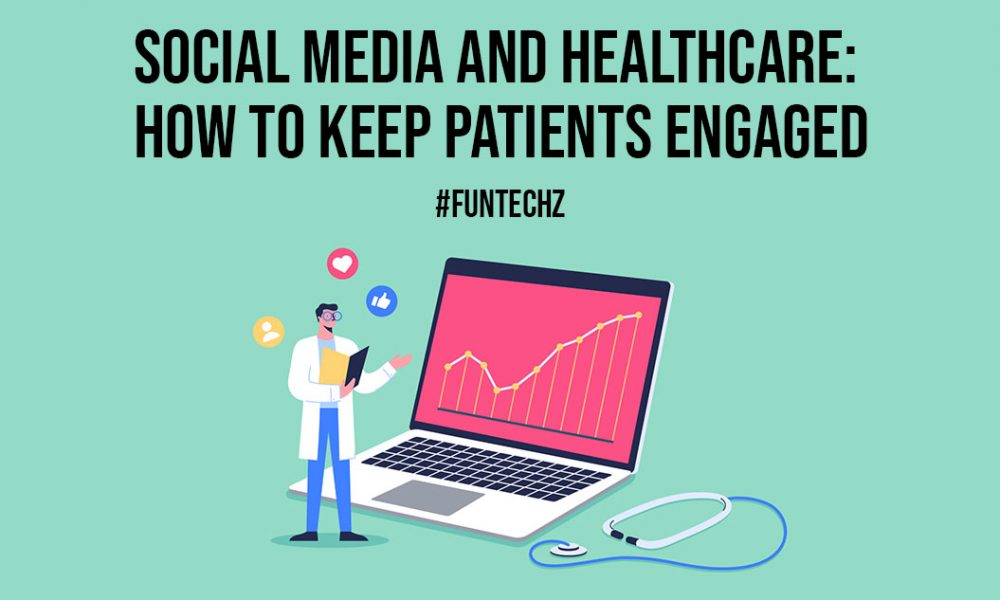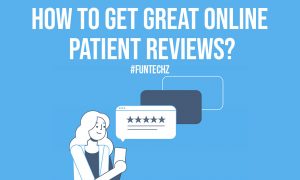In health care, one size does not fit all when it comes to diagnosis, treatment, or routine check-ups. This is especially true when patients are discharged from the emergency room or a hospital stay. To avoid having to return to the hospital, each patient is given their own unique care plan. At home, some patients follow written directions.
Others, on the other hand, may require a reminder or some form of follow-up to stay on track. Many medical practitioners seek ways to extend their hands outside of the hospital.
A good way to do this is by having a website for their patients to look back to when they want to be an informer or reminded of important details. This is why website design for doctors is important, among many other ways to keep patients engaged.

Patient involvement is defined as collaborating with physicians and the rest of the care team to learn about, make decisions about, and plant health care. Patients can also participate in the clinical system through research, registries, quality improvement, and other activities that are not necessarily related to health care decisions. Patient engagement allows for two-way contact and sharing of information.
These are necessary for goal alignment and comprehension. Simply put, patient engagement entails providing a timeline of personal and clinical events, health statistics, and highlighted changes over time, it simplifies talks between a patient and their care team.
Also Read: How to Get Great Online Patient Reviews?
Allows the patient and physician to share two-way information on treatment and outcome-related decisions and progress, as well as customized patient education content.
Here are a few ways to keep your patients engaged;
- If you’re seeking for a simple, efficient solution to reduce patient dropout, automatic appointment reminders are the best way to go. If your front desk personnel still send out handwritten appointment cards, your patient attrition rate is likely to be far higher than it should be. After all, appointment reminders sent by text message or phone calls are far more effective than reminder cards at preventing patient no-shows.
- When patients are unsure of what will happen next or how much a test or treatment will cost, they become easily frustrated. Although having an app can assist patients in preparing for visits and post-discharge care, physicians should dig deeper into the process and procedural modifications that can improve the patient experience. Providers must also conduct consumer research to determine where their population’s and staff’s pain points are, according to Thomas. The happier the employees, the better the patient experience.
- Poor internal communications are one of the most significant barriers to staff engagement in healthcare. Employees can easily become bored and unsatisfied at work if they believe their feedback is not being addressed by management. As a result, there is a higher rate of turnover and a poorer patient experience.
- Healthcare management must conduct regular employee engagement surveys and develop an action plan to address feedback in order to boost staff engagement. An internal survey can provide leaders with useful information about how their staff is feeling and the obstacles that are preventing them from achieving their goals. Leadership can begin to create trust inside the organization by taking the time to identify pain spots and monitor employee happiness.
- Using technology that simplifies the procedure is the best method to improve your patients’ experience. You should prioritize clear and smooth communication in all aspects of your business, from online scheduling to simple paying. You may automate your patient experience using a range of applications, website add-ons, online platforms, and digital services. It doesn’t end there, either. From the patient experience to clinical outcomes, incorporating innovative technology can help you improve your overall practice. Take, for example, the PrimusRS. It delivers an objective real-time measurement of your client’s abilities, an interactive treatment that patients like, and progress reports that you can readily share with their caregivers and other healthcare practitioners. Objective reporting provides patients with clear evidence of their therapeutic progress as well as a goal to strive for.
- Patients, family members, and caregivers should be informed of their condition(s) and treatment alternatives. Explain the medical data, benefits, and risks of each therapy choice, as well as your clinical judgment, to get them involved. Making decisions with caregivers gives them a voice and makes them feel more involved in their patients’ needs. It might also be quite beneficial to provide cost information. Consider the cost of the copay per visit before making your decision.
- As a clinician, you know that patient compliance with prescribed home exercise regimens is critical, but ensuring that your patients really complete their exercises can be difficult. Monitoring and increasing HEP adherence is a snap if you employ a high-quality, evidence-based, interactive home exercise program. Not only can digital HEPs, such as the one offered by WebPT, notify providers when patients have finished their exercises, but they also help patients stay motivated by making it simple for them to contact their therapists for additional help and feedback.
- Proactive outreach is another approach for clinics to keep patients engaged in therapy. Consistent patient-provider contact before, during, and after therapy enhances engagement while also keeping your practice top-of-mind in the event that a discharged patient seeks therapeutic services again. However, staying consistent in these efforts can be difficult, especially as your practice expands. Patient relationship management software is a good example of this. To keep patients involved throughout the medical journey—and beyond—use PRM software to deliver admission forms, collect satisfaction and NPS data, email newsletters, and send out targeted marketing communications.











+ There are no comments
Add yours